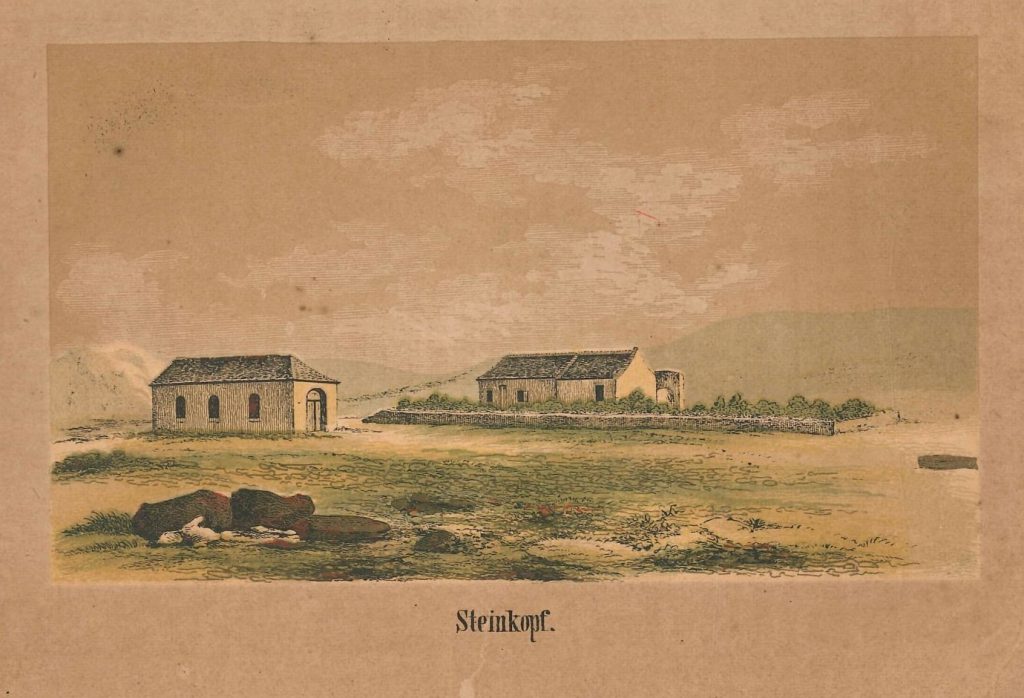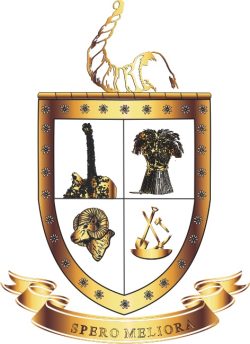Rhenish Mission Church

The church was the first church building in Steinkopf and was completed in 1849 in the time of rev. Ferdinand Brecher as missionary.
The mission house was completed in 1855 but was destroyed by a fire in November 1868. A new and larger house was constructed, but all the church records was destroyed by the fire. The government surveyor, Robert Moffat, who visited Steinkopf in 1855, did not give a give picture of the mission station: “I was surprised by the wretched appearance of the station, which certainly does not betoken progress in the people. Saw only a mission house and chapel, the latter a very pretty building. There were two outhouses belonging to Bastards, one resembling a farmer’s kitchen or rondawel. There was also a sort of garden, walled in. The fountain or spring a miserable affair. If properly attended to, the place might be much improved.”
